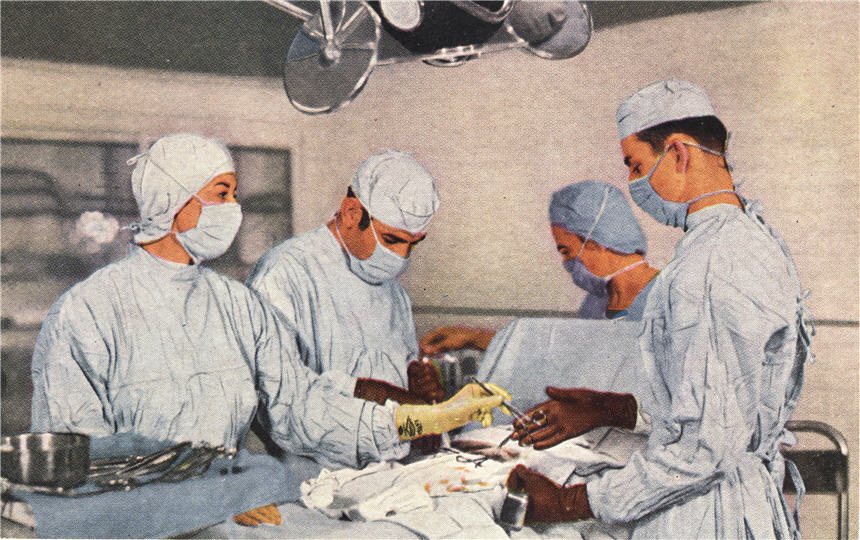I think that there is so much stigma surrounding mental illness as there is a lack of understanding from many regarding mental health and mental illness. Mental illness is also stigmatized because you cannot physically “see it” like you could with someone who has a cast for a broken leg. People with a mental illness are often regarded as “crazy” or “insane” due to the stigma surrounding it. Many people don’t want to learn about mental illness or don’t believe mental health is equally as important as physical health, which further contributes to this stigma. People who are experiencing mental illness may be reluctant to get treatment or tell people about their mental illness as they may be labeled as “dangerous” or “unpredictable” if they are open about it with others. Stigma surrounding mental illness is one of the biggest roadblocks to recovery for those experiencing mental illness.
How people respond to mental illness can also be affected by their culture and religion. In certain cultures, mental illness is seen as a sign of weakness, so it is less common for people to get treatment. For example, Asian cultures traditionally do not acknowledge mental illness and it is seen as “unnatural” so treatment may not even be accessible. In Native American culture people may try herbal medicine first before seeking professional help or taking medication. Religion also plays a factor in the stigma surrounding mental illness. For example, some religions may view mental illness as the fault of the person experiencing it or as a sign of weakness. Some may try to use prayer to treat their mental illness as well. Cultural and religious stigma surrounding mental illness makes it much harder for people to understand and appropriately treat it. Continuing to not acknowledge mental illness can make people feel very isolated and discouraged when trying to seek help.



Recent Comments